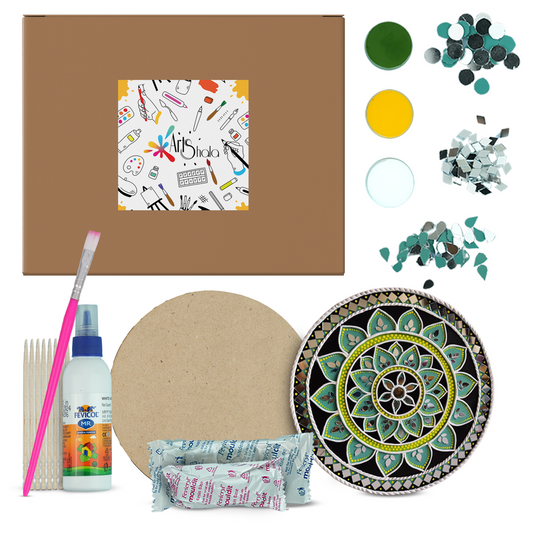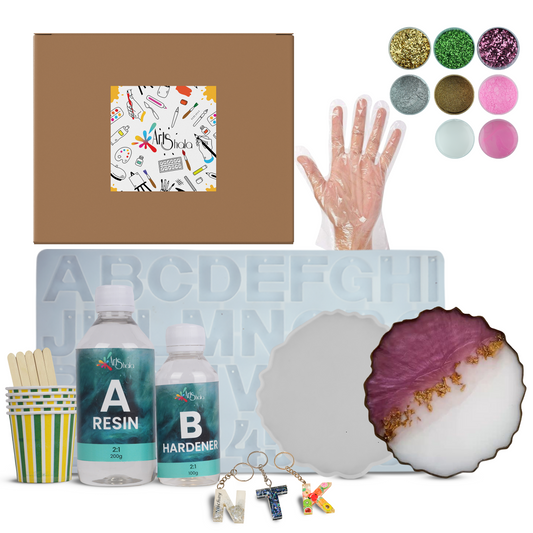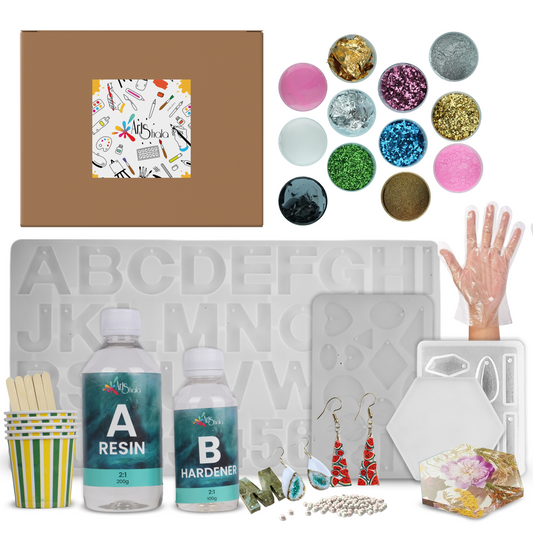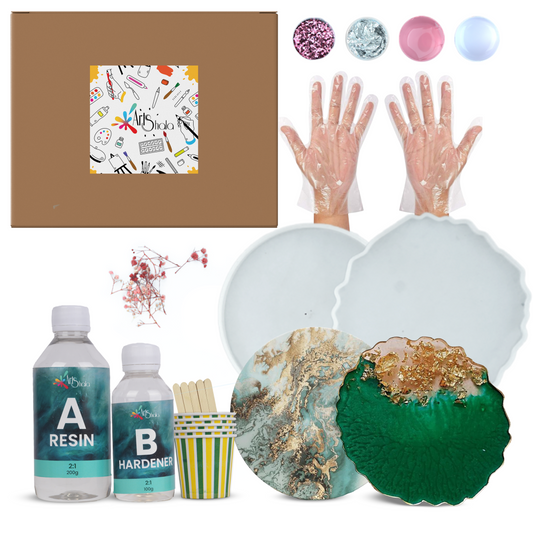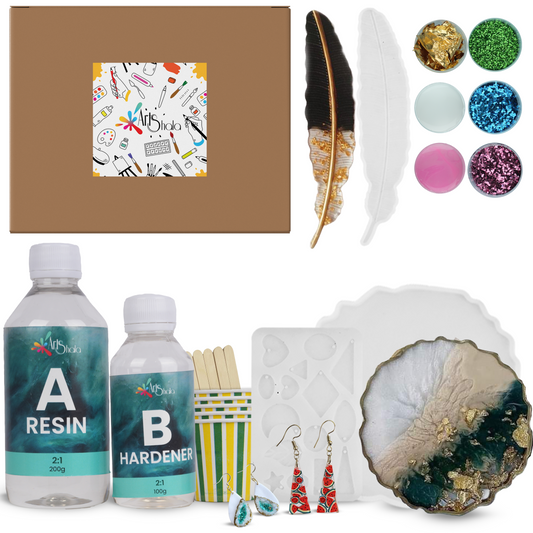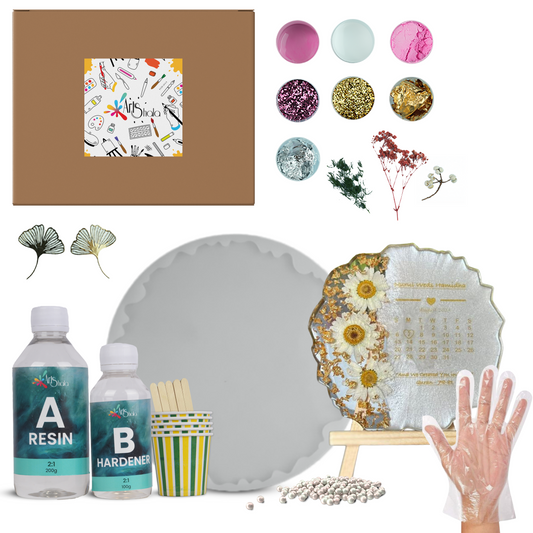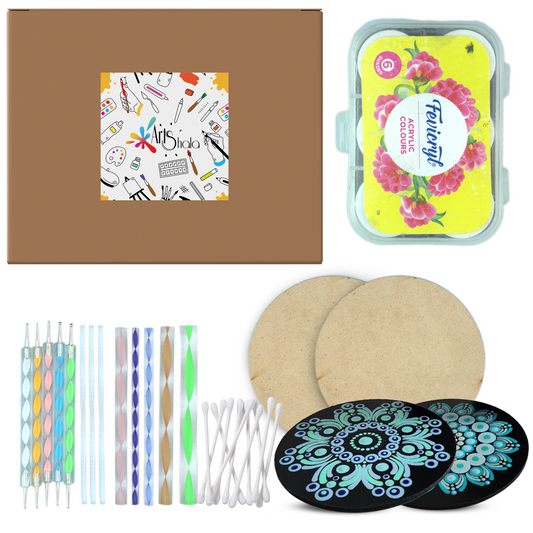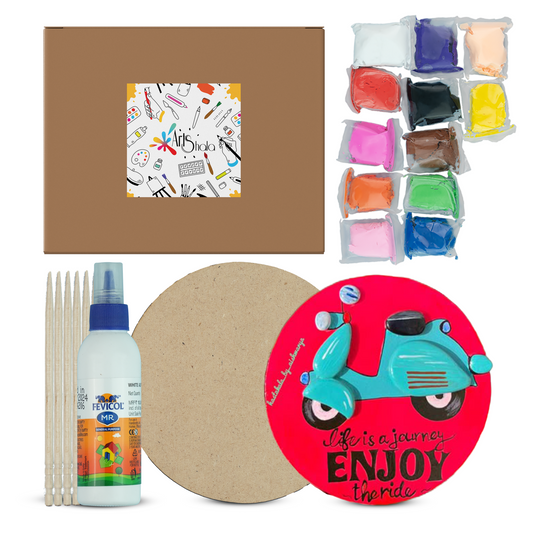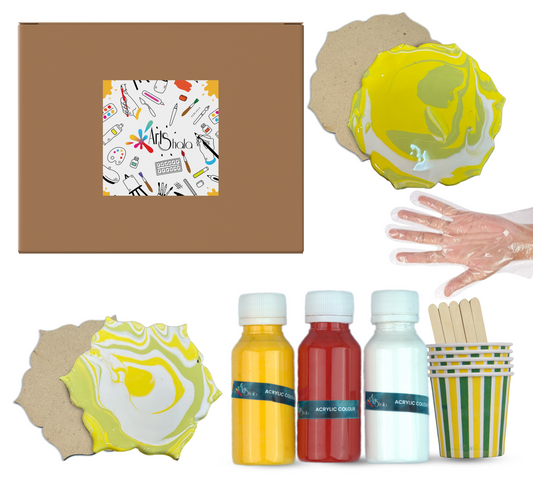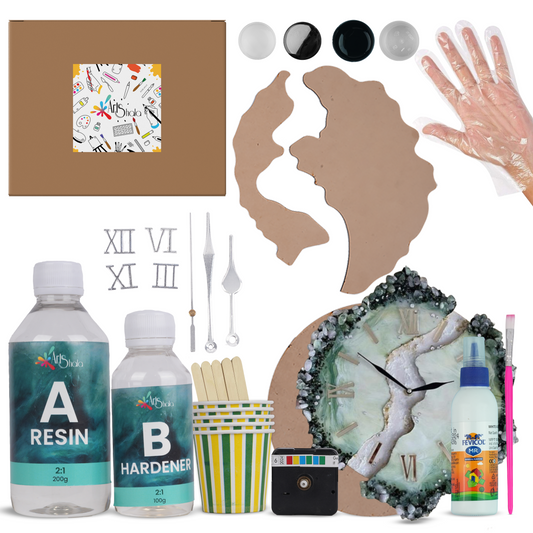A Beginner's Guide to Acrylic Colour Painting: Bonus Tips
Acrylic painting is a versatile and beginner-friendly medium that offers endless possibilities for creative expression. Unlike oils or watercolours, acrylics dry quickly and can be used on various surfaces, making them ideal for artists just starting their journey.
Want to get deeper into the art of acrylics? Consider joining an acrylic painting workshop for valuable insights and hands-on experience tailored for beginners. In this blog, we will explore some bonus tips to help you enhance your acrylic painting skills and take your artwork to the next level. So, let's get started!
Why Should Beginners Choose Acrylic Painting?
-
Easy to Use: Acrylics are forgiving and allow for easy layering. Beginners can experiment without the fear of making irreversible mistakes.
-
Low Odour: The paints have a low odour compared to other mediums, providing a more comfortable workspace.
-
Mixing Versatility: You can mix acrylics with other mediums like pastels or watercolours, expanding your artistic horizons.
Understanding Colour Theory for Acrylic Painting
Colour theory is important for creating balanced paintings with acrylics. By knowing how colours work together, artists can convey feelings and add dimension to their art.
The Colour Wheel
- Primary Colours: Red, blue, and yellow serve as the main colours for mixing. They can't be made by mixing other colours.
- Secondary Colours: Made by mixing primary colours (e.g., red + yellow = orange).
- Tertiary Colours: Produced by mixing primary and secondary colours (e.g., yellow + orange = yellow-orange).
Colour Blending Techniques
There are various techniques you can use to improve your colour-blending skills:
- Wet-on-Wet: Mixing paint directly on the canvas while it's still wet. This creates smooth transitions and soft edges.
- Dry Brushing: Use a dry brush for a textured effect that highlights the surface underneath.
- Glazing: Applying thin layers of translucent paint to build depth and richness in colour.
These methods enhance your acrylic painting experience, resulting in livelier and more dynamic artworks.
Essential Acrylic Painting Techniques to Try
Acrylic painting offers a wide choice of techniques that are perfect for beginners. Here are some essential methods to get started:
Dry Brushing
This technique works by using a dry brush with minimal paint. Gently drag the brush across the canvas, creating textures that mimic fur or grass. Load your brush lightly with paint, then wipe off excess on a paper towel. Brush lightly over the surface.
Wet-on-Wet
Apply wet paint directly onto the paint, allowing colours to blend seamlessly on the canvas. This method is great for creating soft edges and smooth transitions. Start with a wet base layer and add new colours while everything is moist.
Palette Knife Painting
Use a palette knife instead of brushes for bold strokes and texture. This technique creates thick layers of paint, adding depth and dimension. Scoop up some paint with the knife and apply it to the canvas using various angles.
Common Mistakes Beginners Should Avoid in Acrylic Painting
Starting with acrylic painting can be exciting, but there are common pitfalls to watch out for. Recognising these mistakes can lead to a smoother artistic journey. Here are some key areas to focus on:
- Using Low-Quality Materials: Cheap paints and brushes can hinder your progress. Invest in good-quality products for better results.
- Overworking the Paint: Acrylics dry quickly. Constantly reworking wet paint can lead to muddy colours. Try to work confidently and avoid excessive blending.
- Ignoring Colour Mixing: Many beginners rely solely on pre-mixed colours. Understanding how to mix primary colours creates unique shades and enriches your palette.
- Neglecting Surface Preparation: Painting on unprimed surfaces can absorb paint unevenly. Always use primed canvas or boards for consistent results.
Being aware of these painting mistakes not only saves time but also enhances your learning experience. Embrace each challenge as part of the artistic process, leading to growth and improvement in your skills.
Experimenting with Texture and Mixed Media in Acrylics
Acrylic painting offers endless possibilities, especially when creating textures and using mixed media. You can bring depth and fascination to your artwork by trying out various tools and materials. Here are some ideas to get you started:
- Palette Knives: Use them to apply thick layers of paint for a sculptural effect.
- Sponges: Perfect for achieving soft textures that resemble natural elements like clouds or foliage.
- Found Objects: Incorporate fabric, paper, or sand into your paintings for unique tactile experiences.
The flexible nature of acrylics allows you to combine them with other art mediums. Try mixing acrylics with pastels or watercolours or even incorporating collage elements into your work. This exploration often leads to new techniques and styles that help your art stand out.
So, explore the process of discovering different textures and mixed media approaches in your acrylic paintings. Each new method will enhance your artistic expression, bringing you closer to developing a unique style representing your creativity.
Developing Your Style as an Acrylic Painter
Finding your unique artistic voice is a rewarding journey. Here are some key points to help you in this exploration:
- Experimentation: Try different techniques, tools, and subject matter. Don’t hesitate to mix styles or themes. Each attempt brings you closer to discovering what resonates with you.
- Observation: Study the work of various artists. Analyse their techniques, colour choices, and compositions. This can spark ideas while encouraging personal interpretation.
- Create a Mood Board: Collect images, colours, and textures that inspire you. This visual reference can guide your creative process and help solidify your style.
- Limitations Can Inspire: Set certain restrictions for yourself, like using a specific colour palette or focusing on a theme. Constraints can lead to innovative solutions.
Taking Your Acrylic Paintings to the Next Level
Once you understand the fundamentals of acrylic painting, it's time to explore advanced techniques that can enhance your work. These techniques offer more room for creativity and bring more depth to your art.
Techniques to Explore:
- Glazing: Build layers of colour using transparent paint. This adds richness without losing the underlying details.
- Acrylic Pouring: Create stunning abstract effects by pouring fluid acrylics onto a canvas. The results can be mesmerising and unique.
- Palette Knife Techniques: Use a palette knife to apply paint for bold textures and impasto effects. This method adds a three-dimensional quality to your artwork.
- Mixed Media: Combine acrylics with materials like pastels or ink for exciting results. This technique offers endless possibilities for expression.
Acrylic painting is a versatile medium that invites artists to experiment and push boundaries. Explore this journey of self-expression through colour and texture, letting your creativity shine.
Conclusion
Acrylic painting is a fun and exciting art form that beginners can easily explore. Embrace its versatility and explore advanced techniques to take your art to new heights. Don't be afraid to experiment with glazing, pouring, palette knife techniques, and mixed media.
By implementing these bonus tips into your acrylic painting practice, you'll be well on your way to creating stunning artwork and exploring the endless possibilities of this versatile medium.
Contact Us on Arts Shala today to explore more about acrylic painting. Unlock your potential and connect with fellow artists as you develop your skills. The world of acrylics awaits you, filled with endless possibilities for self-expression!



